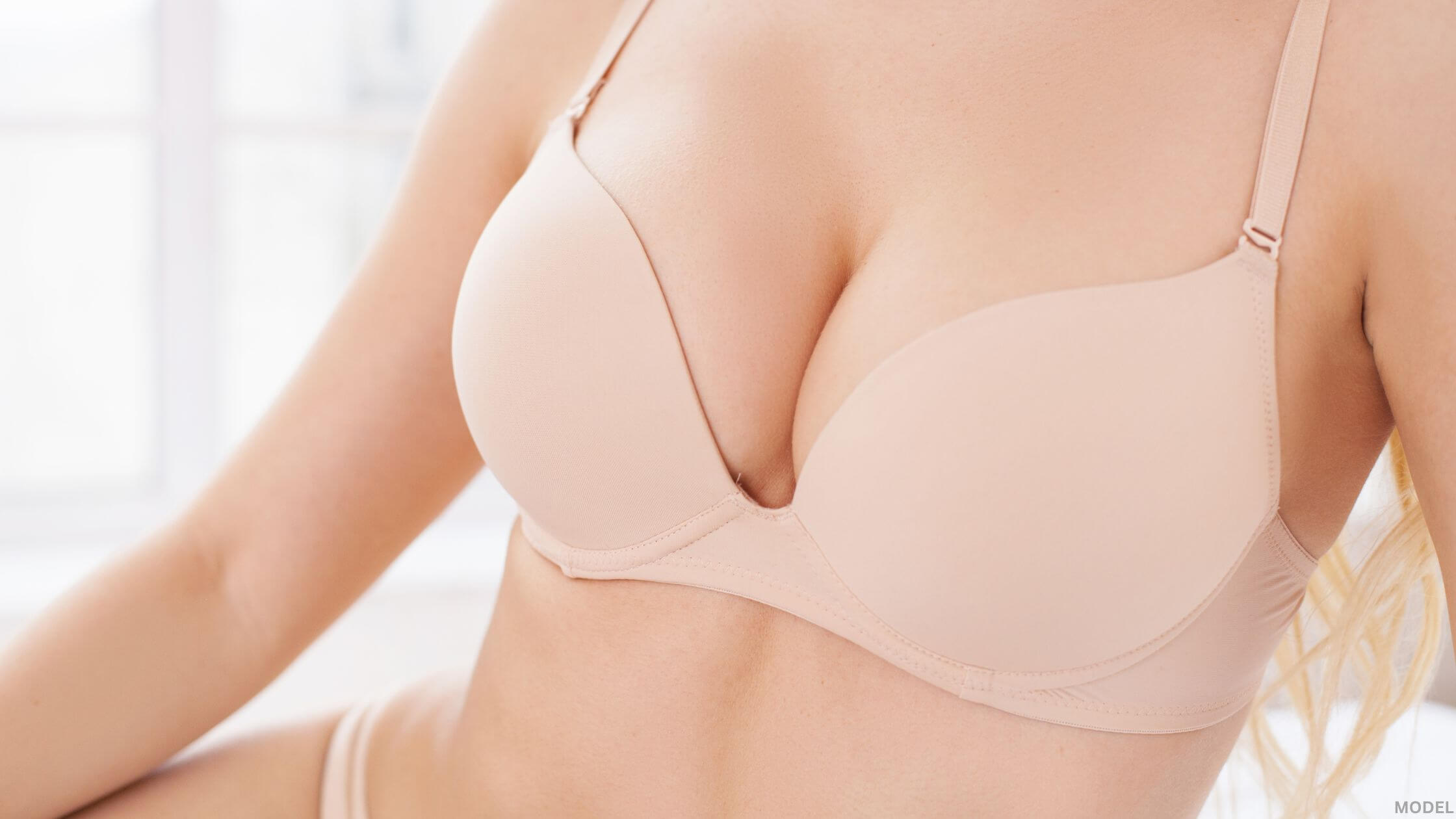
Are you interested in enhancing the size of your breasts but hesitant about using implants? Fat transfer breast augmentation, sometimes referred to as natural or nonsurgical breast augmentation, could be the solution you’ve been looking for. This innovative approach allows you to achieve fuller breasts using your own surplus body fat.
Wondering whether this procedure is right for you? Read on to discover the pros and cons of this intriguing alternative.
How Does Fat Transfer Work?
Contrary to popular belief, fat transfer breast augmentation isn’t entirely nonsurgical. While it doesn’t involve incisions on the breasts, it does require liposuction, a surgical procedure, to harvest fat from another area of your body.
Once the fat is removed via liposuction and processed, it’s time for the actual fat transfer. Your surgeon will use specialized syringes to carefully inject the fat into the breasts, ensuring the fat is evenly distributed to achieve a natural look and feel.
[eii-gallery-images views=”350″ display_captions=”y” caption=”Before & After Fat Transfer Breast Augmentation”]Fat Transfer: The Pros
The benefits of using fat transfer to enlarge the breasts can be compelling. The procedure offers several advantages, making it a standout choice for many individuals.
Natural Look and Feel: Using autologous fat transfer rather than implants leads to a seamless integration with the existing breast tissue, creating results that both look and feel natural to the touch.
No Risk of Rupture or Leakage: Unlike silicone or saline implants, fat cells are not prone to rupture or leakage. This eliminates a common concern tied to traditional breast implants, offering peace of mind in the long term.
Dual Body Contouring Benefits: Fat transfer breast augmentation essentially offers a two-for-one deal. You’re not just enhancing your breasts but also reducing fat in another area of your body, such as the abdomen, thighs, or buttocks–resulting in a more sculpted figure overall.
Smaller Incisions and Reduced Scarring: Because this procedure uses cannulas to transfer the fat, the incisions on the breasts and donor area are relatively small. Smaller incisions generally mean less scarring and a quicker recovery time, making this an attractive option for those wary of post-operative marks.
Lower Risk of Complications: Using your own fat to augment your breasts reduces the risk of allergic reactions and complications tied to foreign substances. This makes fat transfer a safer option for those concerned about potential implant risks.
Versatility: Fat transfer breat augmentation can be combined with a breast lift to create more youthful-looking breasts. It can also be used for breast reconstruction or paired with breast implants to enhance the appearance of the implants.
[eii-gallery-images views=”341″ display_captions=”y” caption=”Before & After Fat Transfer With Breast Lift (as part of a mommy makeover)”]Fat Transfer: The Cons
Though fat transfer breast augmentation offers many benefits, it’s important to weigh these against the procedure’s limitations. Not every patient will find this option ideal for their body goals, as the procedure comes with its own set of challenges.
Limited Size Increase: Fat transfer breast augmentation can offer only modest gains in breast size—typically no more than one cup size. This might not be the ideal solution for those looking for a more dramatic transformation.
Not Suitable for Very Lean Individuals: If you’re on the leaner side with minimal body fat, this procedure may not be an option for you. A sufficient amount of harvestable adipose tissue is necessary to perform the transfer, limiting candidacy for those with low body fat percentages.
Unpredictable Fat Survival Rates: The procedure has variable fat survival rates, typically ranging between 50% and 70%. This means that the body may reabsorb some of the transferred fat, requiring one or more repeat procedures to achieve the desired outcome.
Affected by Weight Fluctuations: What happens if you lose weight after fat transfer? Post-procedure weight loss can indeed affect the results. Fat cells that have been transferred are not immune to weight fluctuations. Significant weight loss can decrease breast volume, just as it would in other fat-storing regions of your body.
How Much Is Fat Transfer Breast Augmentation?
The cost of fat transfer breast augmentation can vary widely depending on factors such as geographical location and the surgeon’s expertise. You may pay more than you would for traditional breast implants since it also requires liposuction.
Fat transfer is highly customized to each individual, so scheduling a consultation to discuss your goals is the best way to determine the cost. Learn more about what to expect during a breast augmentation in this related blog post.
Ready To Take the Next Step?
If you’d like to further explore fat transfer breast augmentation with a board-certified plastic surgeon at Center for Plastic Surgery, we invite you to call our office at [phone] or [consultation] request a consultation[/consultation] using the online form.
